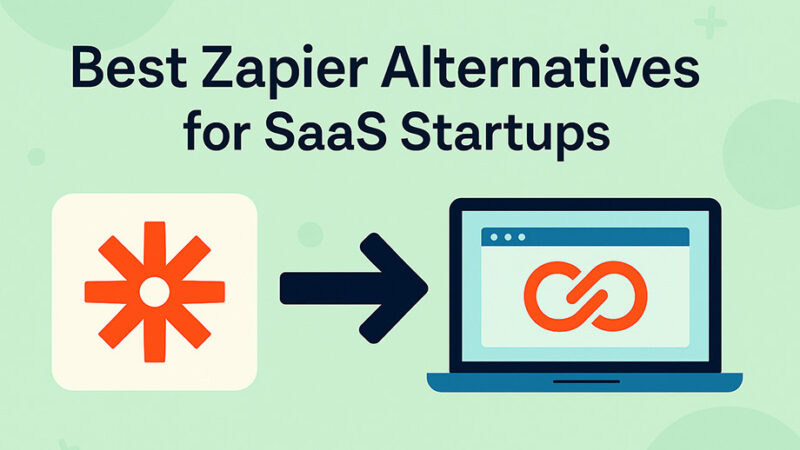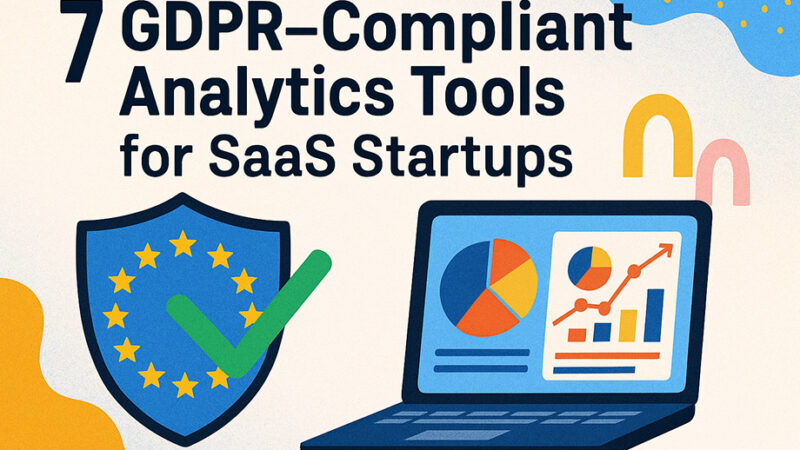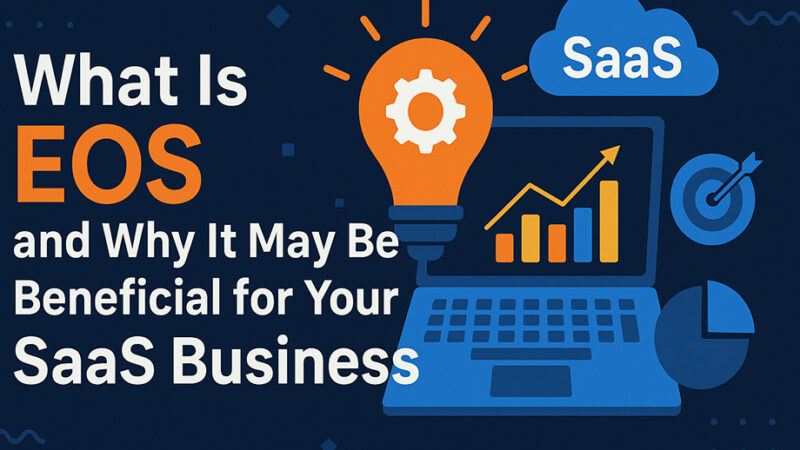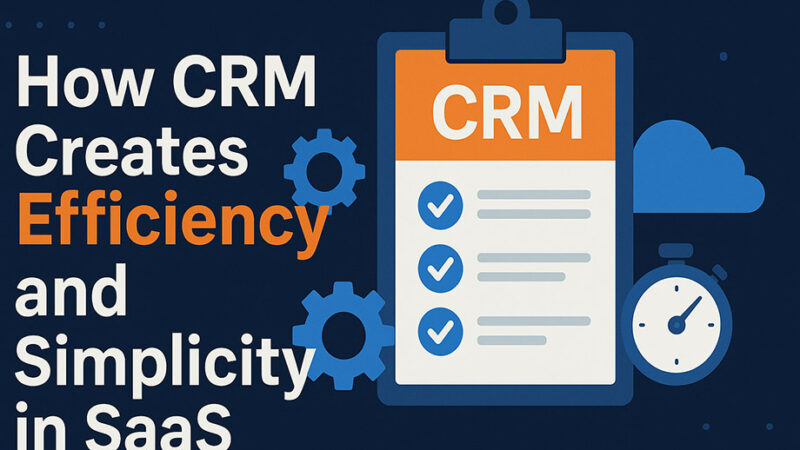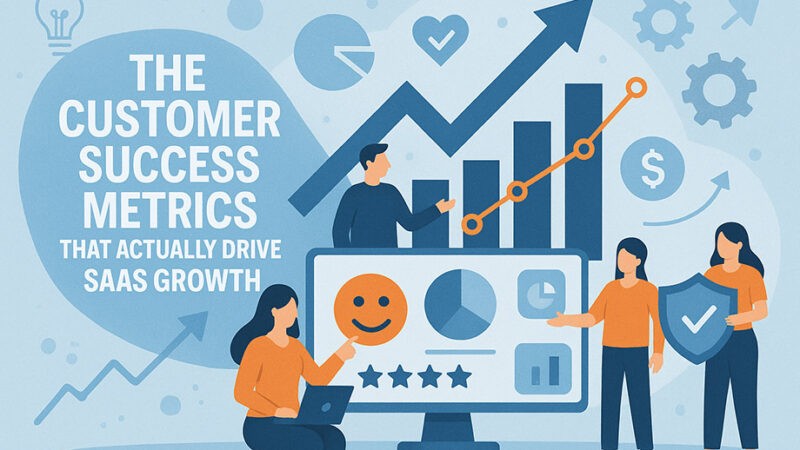Top 5 No-Code Platforms to Supercharge AI Automations in 2025
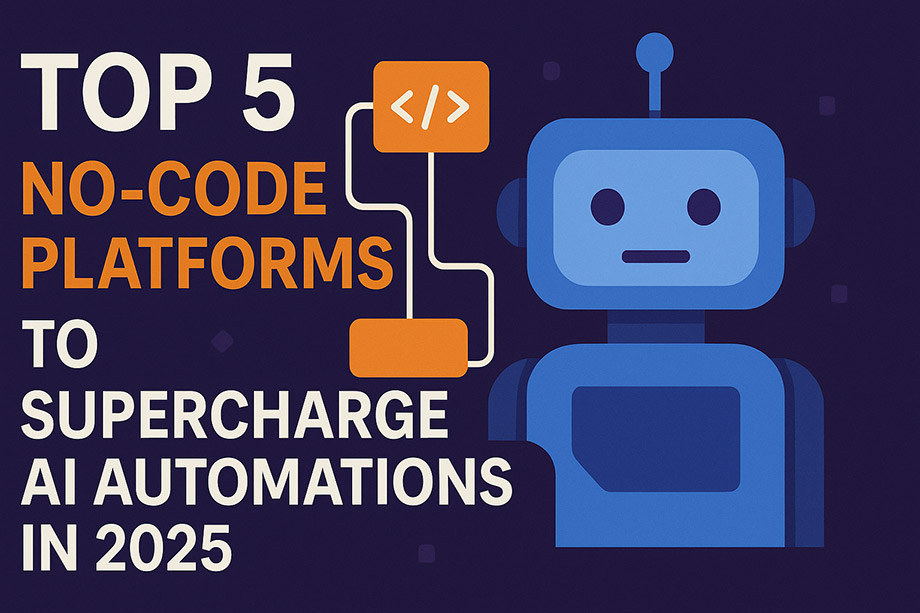
AI-powered automation is no longer just for developers. In 2025, no-code platforms have evolved to allow anyone, from marketers to operations teams, to build powerful automations using natural language and intuitive interfaces. Whether you’re building intelligent workflows, predictive tools, or AI agents, these five platforms are leading the charge.
1. Airtable (with Omni AI)
Airtable has expanded beyond simple spreadsheet databases into a full-fledged AI-native application builder. Its new feature, Omni AI, lets users describe apps, dashboards, and automations in plain English. Airtable translates those ideas into working apps and logic, turning natural language into data-driven solutions. It’s ideal for teams that want to build internal tools, automate reporting, or manage projects using AI without writing code.
Best use case: Internal dashboards and lightweight business apps built via conversational AI.
2. Zapier (with Copilot and AI Agents)
Zapier remains a powerhouse in the automation world, connecting over 5,000 apps. Now with Copilot and built-in AI agents, Zapier users can build and test complex, multi-step workflows simply by describing their goals. Copilot suggests logic, helps debug automations, and integrates AI triggers, making Zapier more intuitive than ever.
Best use case: Cross-platform workflows for marketing, sales, and backend processes.
3. Akkio
Akkio is designed for business users who need predictive insights without technical expertise. It connects to CRMs, marketing tools, and spreadsheets to automate tasks like lead scoring, churn prediction, and campaign analysis. Users can import data, train models, and deploy predictions with just a few clicks.
Best use case: AI-powered decision-making in sales, marketing, and finance without coding.
4. Dify
Dify is a low-code platform built specifically for deploying AI agents. It supports LLMs, retrieval-augmented generation (RAG), ReAct logic, and external function calling—all through a visual interface. Dify allows you to create intelligent chatbots, backend logic, and AI workflows without touching code.
Best use case: Automating internal operations, AI assistants, and knowledge-base applications.
5. StackAI and Relevance
Two emerging platforms are redefining no-code AI agent building:
- StackAI offers a drag-and-drop interface to build agents that automate data tasks, integrate with enterprise tools like Salesforce and Snowflake, and run multi-step processes autonomously.
- Relevance focuses on letting users build entire teams of AI agents via text prompts. Its “Workforce” feature allows agents to collaborate, and its upcoming “Invent” tool lets you generate agents automatically from natural language descriptions.
Best use case: Building autonomous AI agents that handle customer support, content generation, or internal operations.
Platform Comparison Table
| Platform | AI Features | Agent Support | Integrations | Best Use Case |
|---|---|---|---|---|
| Airtable (Omni AI) | Natural language app builder | Limited | API, Slack, spreadsheets | Internal tools, dashboards, project management |
| Zapier | AI Copilot, AI triggers | Yes | 5,000+ apps | Cross-platform workflow automation |
| Akkio | Predictive analytics, AutoML | No | CRMs, spreadsheets, APIs | Marketing, sales forecasting, churn prediction |
| Dify | RAG, ReAct, LLM orchestration | Yes | Function calls, APIs | AI assistants, chatbots, internal knowledge bots |
| StackAI / Relevance | Autonomous AI agent builder | Yes | Salesforce, Snowflake, APIs | AI agents for business processes and data handling |
Conclusion
The era of no-code AI automation is here. Whether you’re looking to build internal tools, automate repetitive tasks, or deploy intelligent agents, there’s a platform designed for your needs. Airtable, Zapier, Akkio, Dify, and StackAI/Relevance offer powerful features that make AI more accessible than ever. For individuals and businesses looking to scale efficiently in 2025, mastering one or more of these platforms could be a game-changer.



